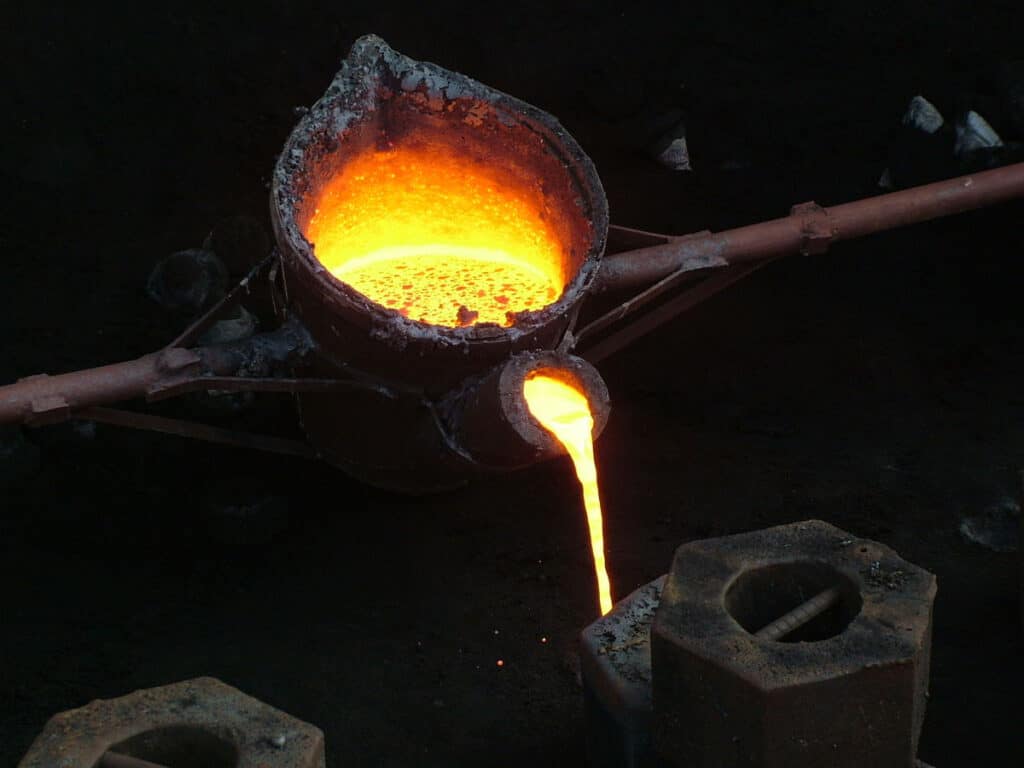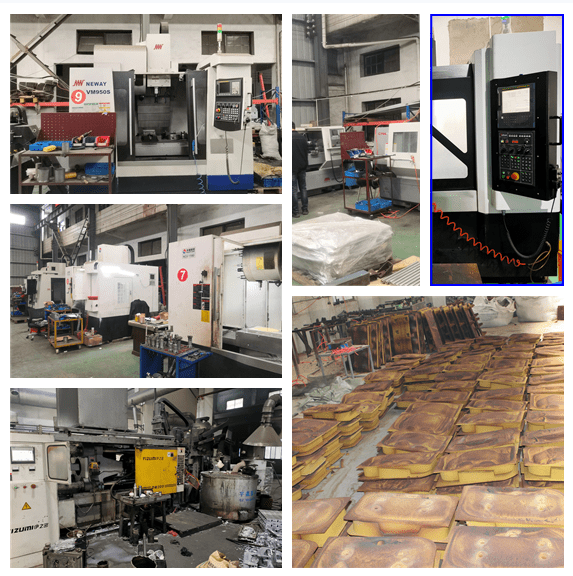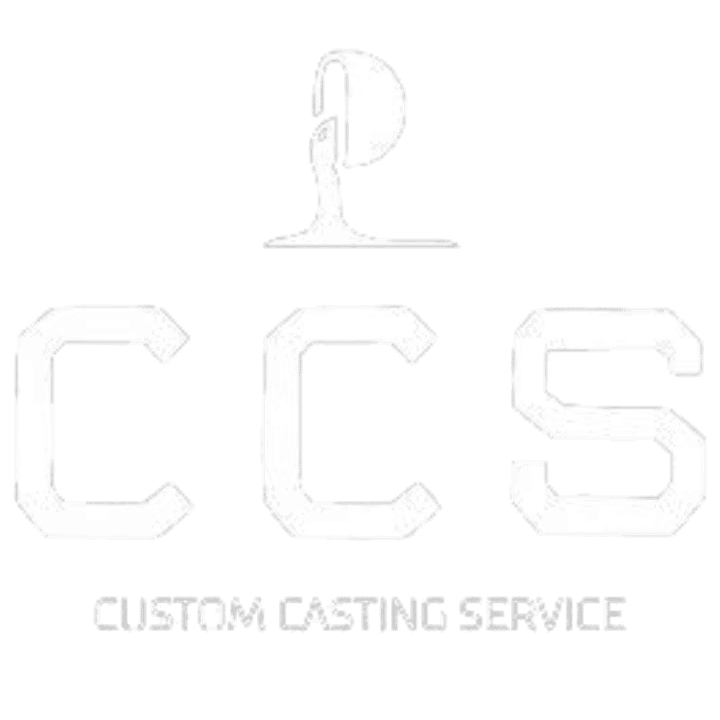What is casting and its types?
- Ordinary sand casting and die casting.
- Special casting (such as investment casting, mud casting, shell casting, negative pressure casting, solid casting, ceramic casting, etc.) and the casting with metal as the main casting material (such as metal mold casting, pressure casting, continuous casting, low-pressure casting, centrifugal casting, etc.) two categories.
The casting process can be divided into three basic parts. As the casting metal preparation, mold preparation, and casting treatment. The casting metal refers to the casting production used for casting metal materials. It is a metal element the main component, and the addition of other metal or non-metal elements and composition of the alloy, commonly known as casting alloy, mainly cast iron, cast steel, and non-ferrous alloy.

How does it work?
- The melting and casting of casting metal, casting metal (casting alloy) mainly have black casting and casting non-ferrous alloy;
- Casting treatment and inspection, casting treatment including the removal of core and casting surface foreign bodies, removal of pouring riser, shovel grinding burr and seam and other protrusions and heat treatment, plastic, rust treatment, and rough processing.

Why is casting used?
Castings are used in mechanical products widely, and it mainly has the following characteristics:
1, Compared with forging, stamping, welding, powder metallurgy, and other metal parts blank forming, casting methods can produce very complex shape blanks, especially with Complex cavity shapes. Such as machine bed, box and so on. And the casting method has a small restriction on the structure, and the casting can be carried out to improve structural strength and stiffness. according to the stress state using the most reasonable section shape, but also according to the need to set up reinforcement.
2. With certain conditions, the structure of parts can be improved using casting technology and casting welding structure reasonable. These methods can also solve some difficulties in other metal forming methods, solve problems to achieve better technical and economic results.
- Many materials and sizes can be produced by the casting method. At current industrial the commonly metal materials can be cast, and some metal materials, such as the widely used cast iron only be formed by casting.
What is the best method of casting?
It can select the most suitable products according to the product structure, using requirements, cost accounting, and performance requirements. For example, die casting is characterized by low cost, high efficiency, high finish, suitable for thin-walled parts. To illustrate some common ways:
- Sand casting is one of the most widely used castings. It also has wooden model manual modeling and metal model machine modeling. The precision of wood mold casting is low, and the machining surface needs to leave a large machining allowance. Wooden mold manual production efficiency is low, suitable for single small batch production or large casting parts. The production efficiency of metal model machine modeling is high, casting precision is also high, but with the high cost of equipment and limited casting weight, suitable for mass production of small and medium-sized castings.
- Metal mold casting is the molten metal poured into the metal mold, relying on the metal weight to fill the metal casting cavity and obtain the casting. The casting has higher precision, better surface quality, mechanical properties than sand casting, and higher production efficiency. But a metal cavity mold is needed that is suitable for non-ferrous metal castings with a small size in mass production.
- In Centrifugal casting, the molten metal inject into the high-speed rotation of the casting. In the action of centrifugal force, the metal wave fills with cavities and the casting forms. This casting has fine grain size, compact metal structure, good mechanical properties of parts, high precision of outer circle and surface quality, but poor precision of inner hole, and the need for the centrifugal pouring machine, suitable for a large batch of black metal and non-ferrous metal rotating body castings.

Why is casting an important manufacturing process?
There are mainly the following four factors:
- With a wide range of adaptations, casting used in all walks of life can be seen everywhere in daily production, such as electric car parts, mechanical parts, lamp parts, station parts, hull parts, etc. It is not limited by casting size, thickness, shape complexity, and flexible mode of production.
- Can be produced by a wide range of materials, can make a lot of use of scrap metal and renewable resources, compared with forging power consumption.
- Casting has the characteristic of dimensional accuracy, small machining allowance, saving processing time and metal materials.
- Low cost, good comprehensive economic performance, low energy, material consumption, and cost.
What is difference between casting and machining?
It is reflected in the following two aspects mainly.
- Casting is one of the ways to get the blanks. According to the size of their own needs and light cleaning to carry out post-processing, it can get the blanks by Mechanical processing, casting, or other ways.
- The surface roughness of the casting is low, and the dimensional accuracy is also low. Machined surface finish is high, dimensional accuracy is high, and can achieve 0.01mm or even higher.
